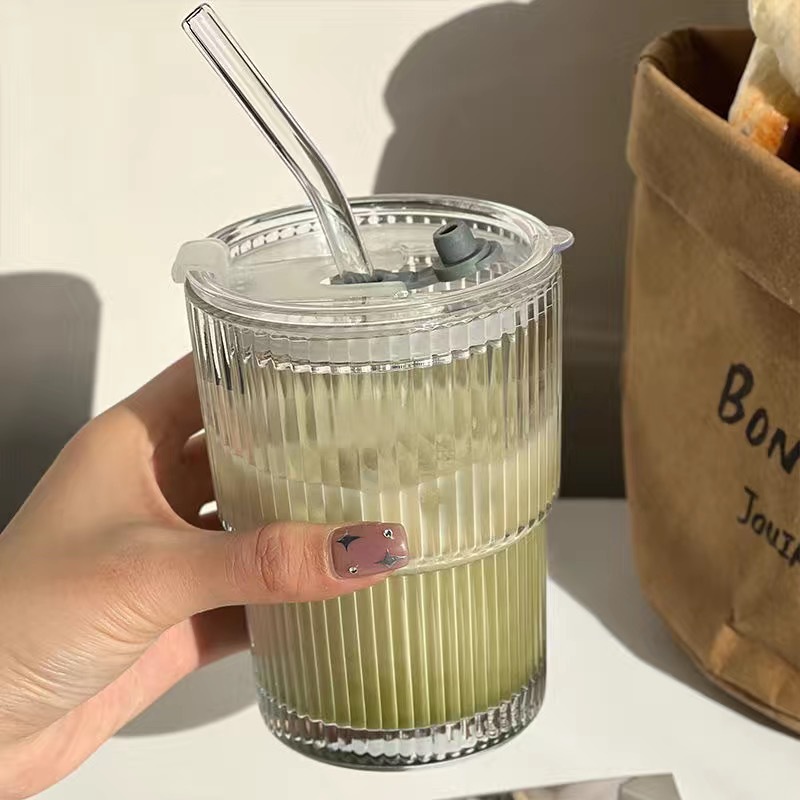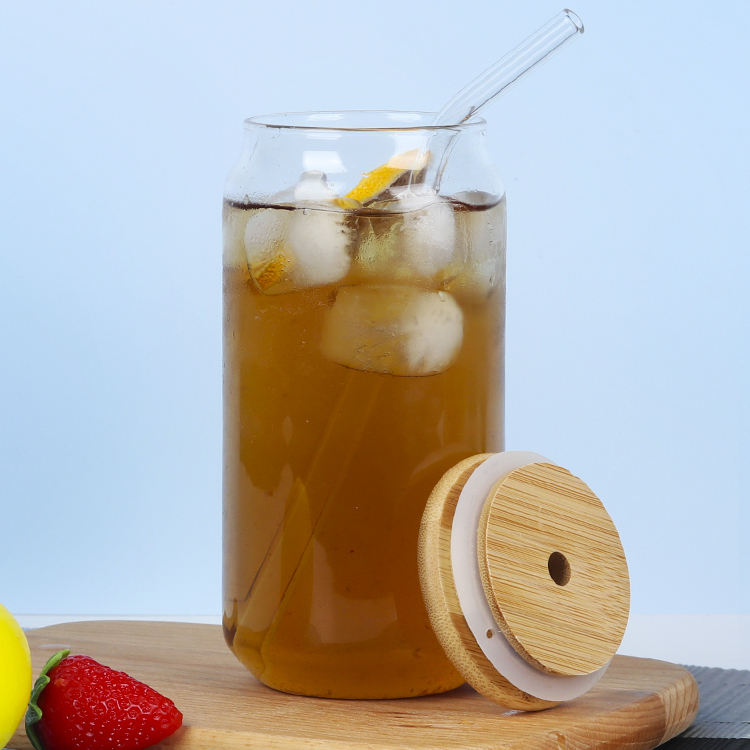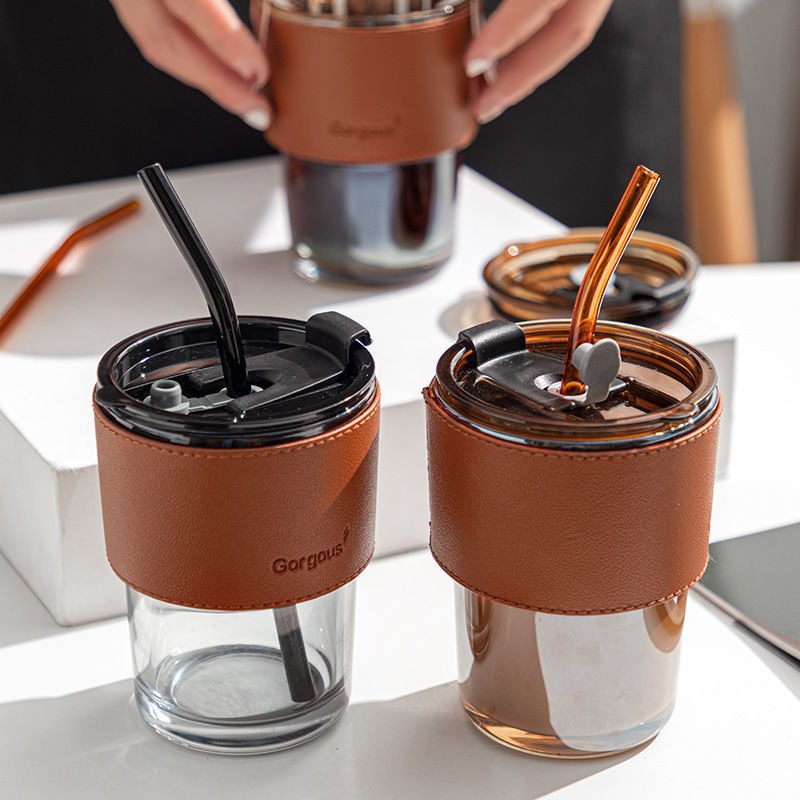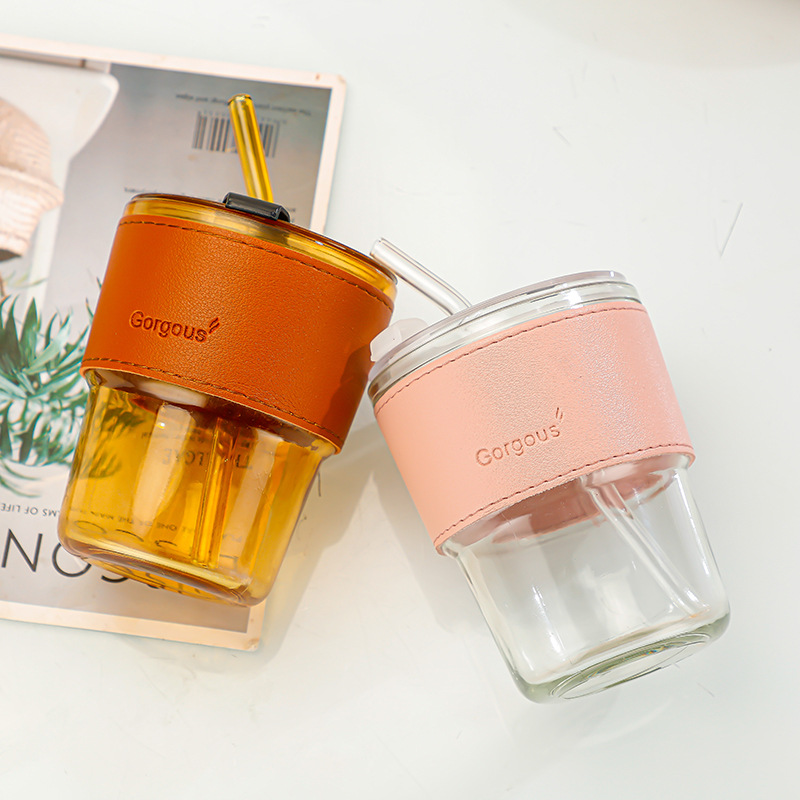Introduction
Beverage cups are commonly used for holding and consuming a variety of drinks, including both hot and cold beverages. However, when it comes to hot beverages, there are certain factors to consider to ensure safety and optimal enjoyment. In this essay, we will explore whether it is suitable to put hot beverages in a beverage cup, the importance of cup design and insulation, and the precautions to take when using beverage cups for hot liquids.

Cup Design and Material
The design and material of the beverage cup play a crucial role in determining its suitability for hot beverages:a. Heat Resistance: When choosing a beverage cup for hot liquids, it is essential to ensure that the cup is made of heat-resistant materials. Common options include ceramic, porcelain, glass, or certain types of plastic designed to withstand high temperatures. These materials are less likely to crack or warp when exposed to hot liquids.b. Insulation: Insulation is another important consideration. While beverage cups are not typically designed for long-term heat retention like mugs, a certain level of insulation can help prevent burns and maintain the desired temperature of the hot beverage. Cups with double-walled construction or thermal properties provide better insulation, keeping the exterior cooler and reducing the risk of burns.
Safety Precautions
When using a beverage cup for hot beverages, it is crucial to take certain safety precautions:a. Check the Cup’s Heat Resistance: Before pouring a hot beverage into a beverage cup, ensure that the cup is labeled or specifically designed for hot liquids. Check the manufacturer’s instructions or product specifications to verify its heat resistance capabilities.b. Use Heat-Resistant Handles or Sleeves: Beverage cups without handles may become hot to the touch when filled with hot liquids. To prevent burns, consider using heat-resistant handles or sleeves specifically designed for beverage cups. These accessories provide a protective barrier between your hand and the hot cup.c. Allow the Beverage to Cool: Hot beverages, such as freshly brewed coffee or tea, are often served at temperatures that can cause burns. To avoid scalding, allow the beverage to cool for a few minutes before pouring it into a beverage cup. This will reduce the risk of burns and ensure a more enjoyable drinking experience.d. Be Mindful of Children: If you are serving hot beverages to children, exercise extra caution. Consider using cups with lids and straws to minimize the risk of spills and burns. Ensure that the cups are made of child-safe materials and monitor the temperature of the beverage to prevent accidental burns.

Cup Size and Capacity
The size and capacity of the beverage cup are important considerations when using it for hot beverages:a. Adequate Capacity: Ensure that the cup has sufficient capacity to hold the desired amount of hot beverage. Overfilling a cup may result in spills or burns. Leave enough space at the top to prevent the liquid from overflowing when stirring or adding additional ingredients.b. Comfortable Handling: A cup that is too small or lacks proper insulation may become too hot to hold comfortably. Consider using cups with handles or those specifically designed for hot beverages, as they are often designed to remain cooler to the touch.
Maintenance and Cleaning
Proper maintenance and cleaning of beverage cups used for hot beverages are essential:a. Cleaning: Hot beverages, such as coffee or tea, can leave stains or residue on the cup’s interior. Clean the cup thoroughly after each use to maintain hygiene and prevent the buildup of flavors or odors. Follow the manufacturer’s instructions for cleaning, as some cups may require specific care to preserve their heat resistance properties.b. Regular Inspections: Over time, the heat resistance and insulation properties of a beverage cup may deteriorate. Regularly inspect the cup for any signs of wear, cracks, or damage. If you notice any issues, consider replacing the cup to ensure continued safety and enjoyment of hot beverages.
Alternatives to Beverage Cups
While beverage cups can be used for hot beverages, there are alternative options available:a. Mugs: Mugs are specifically designed for hot beverages and often offer better insulation and heat retention properties compared to beverage cups. They are typically made of materials such as ceramic, porcelain, or stoneware, which are better suited for hot liquids.b. Travel Mugs: Travel mugs are designed for on-the-go use and are particularly suitable for hot beverages. They often feature enhanced insulation, spill-resistant lids, and handles for convenient transportation.c. Insulated Tumblers: Insulated tumblers are another option for hot beverages. They are designed to keep drinks hot or cold for extended periods and often feature double-walled construction and spill-resistant lids.

Conclusion
In conclusion, it is generally safe to put hot beverages in a beverage cup, provided that the cup is designed for hot liquids and has proper insulation. Consider the cup’s material, insulation properties, and size when choosing one for hot beverages. Take necessary safety precautions, such as using heat-resistant handles or sleeves and allowing the beverage to cool before pouring it into the cup. Regular maintenance and cleaning are important to ensure the cup’s longevity and hygiene. Alternatively, mugs, travel mugs, or insulated tumblers may offer better insulation and heat retention properties for hot beverages. By considering these factors, individuals can enjoy hot beverages safely and comfortably in their chosen beverage cup.

